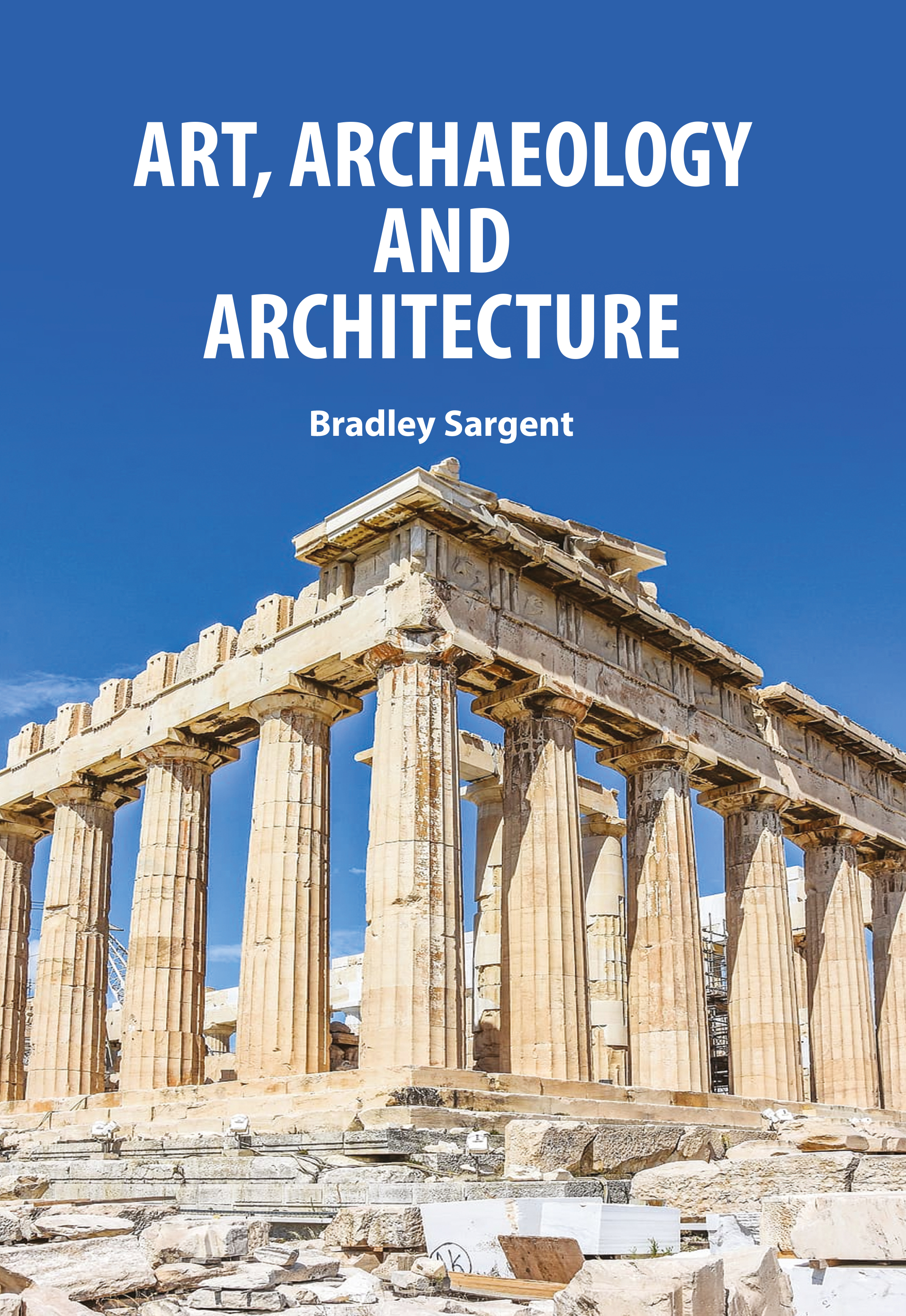
Art, Archaeology and Architecture
by Bradley Sargent
| ISBN | 9781835357187 |
|---|---|
| Publisher | EDTECH PRESS |
| Copyright Year | 2025 |
| Price | £155.00 |

by Bradley Sargent
| ISBN | 9781835357187 |
|---|---|
| Publisher | EDTECH PRESS |
| Copyright Year | 2025 |
| Price | £155.00 |
At the heart of it, architecture is an inter-disciplinary profession. Ranging from structural engineers to quantity surveyors, a design project thrives from the collaboration of individuals from various fields of work. An often-overlooked connection is the link between the fields of architecture and archaeology, which in more ways than one have a lot in common. In a time of increased awareness on issues of sustainability and heritage, the expertise present in the field of archaeology plays a vital part in the preservation of architectural landmarks of historical significance. This expertise can also play a significant part in creating sensitive architectural interventions suitable for their context, contemporary in their design while responding to historical precedents. Archaeology, or archeology, is the study of human activity through the recovery and analysis of material culture. The archaeological record consists of artifacts, architecture, biofacts or ecofacts, and cultural landscapes. Archaeology can be considered both a social science and a branch of the humanities. In North America, archaeology is considered a sub-field of anthropology, while in Europe archaeology is often viewed as either a discipline in its own right or a sub-field of other disciplines. Art historians employ a number of methods in their research into the qualities, nature and history of objects. Art historians often examine work in the context of its time. At best, this is done in a manner which respects its creatorís motivations and imperatives; with consideration of the desires and prejudices of its patrons and sponsors; with a comparative analysis of themes and approaches of the creatorís colleagues and teachers; and with consideration of iconography and symbolism. In short, this approach examines the work of art in the context of the world within which it was created. Art, Archaeology and Architecture also many sites have been explored and excavated in various regions. It has been the Amphitheatre of Prehistory, Proto-history and history. The papers included in the volume deal with a vast range of subjects from various themes including Iconography, The book will appeal to students and practitioners alike, with interests in social and cultural anthropology, archaeology, architecture, art and design, visual studies and material culture.